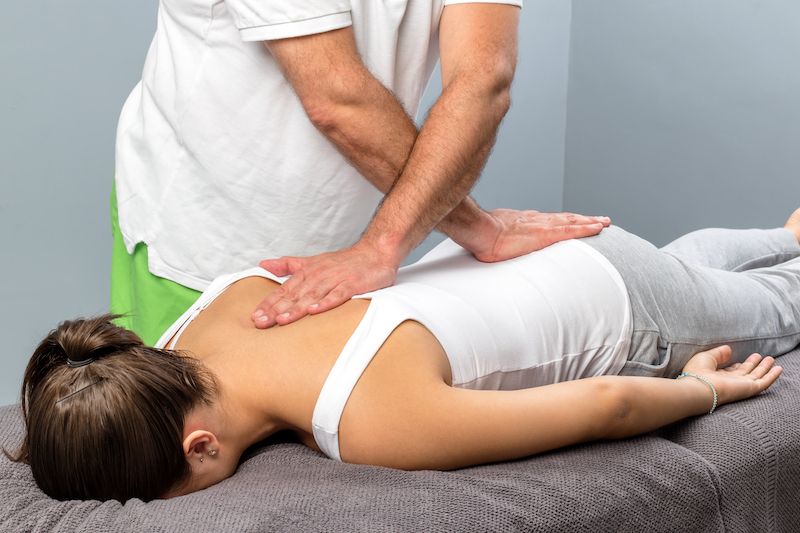
Spinal stenosis is a medical condition characterized by the narrowing of the spaces within the spine, which puts pressure on the nerves traveling through the spine. This narrowing can occur in the spinal canal or the spaces between the vertebrae. As a result, it may lead to pain, numbness, or weakness in the legs or arms.
If you’ve been told surgery is your only option for a diagnosis of Spinal Stenosis, please get Dr. Brad Richardson’s analysis and recommendation — you may be a candidate for one of our non-invasive therapies to treat your condition.
There are two main types of spinal stenosis:
1. Lumbar Stenosis: This occurs in the lower back and is the most common form of spinal stenosis. It can cause pain or cramping in the legs, especially during activity.
2. Cervical Stenosis: This occurs in the neck and can cause pain or weakness in the arms and hands.
The most common causes of spinal stenosis include aging and wear and tear on the spine, but it can also be associated with conditions like osteoarthritis, herniated discs, or injuries.








